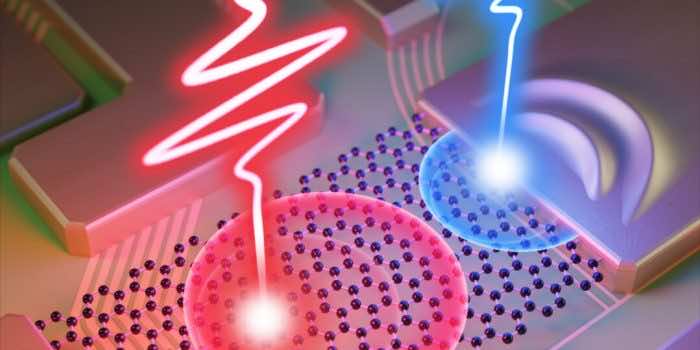Logic gates are the basic building blocks of computers, and researchers at the University of Rochester have developed their fastest version. By zapping graphene and gold with laser pulses, the new logic gates show the viability of “lightwave electronics.”
Logic gates take two inputs, compare them, and then output a signal based on the result. Billions of individual logic gates are concentrated into chips to create processors, memory, and other electronic components.
These gates do not work instantaneously. There is a delay of nanoseconds. Rochester team’s new logic gates set the record by processing information in just a matter of femtoseconds, which are a million times shorter than nanoseconds.
To make this possible, the team made junctions comprising a graphene wire connecting two gold electrodes. When the graphene was zapped with synchronized pairs of laser pulses, electrons in the material were excited, sending them zipping off towards one of the electrodes, generating an electrical current.
By adjusting the phase of the laser pulses, the team was able to generate a burst of one of two types of charge carriers, which would either add up or cancel each other out. They would then be considered a 1 or 0 output respectively. The result is an ultrafast logic gate, marking the first proof of concept of an as-yet theoretical field called lightwave electronics.

“It will probably be a very long time before this technique can be used in a computer chip, but at least we now know that lightwave electronics is practically possible,” said Tobias Boolakee, lead researcher on the study.
At the moment, we measure processing speeds in Gigahertz (GHz), but these new logic gates function on the scale of Petahertz (PHz).
The research was published in the journal Nature.


